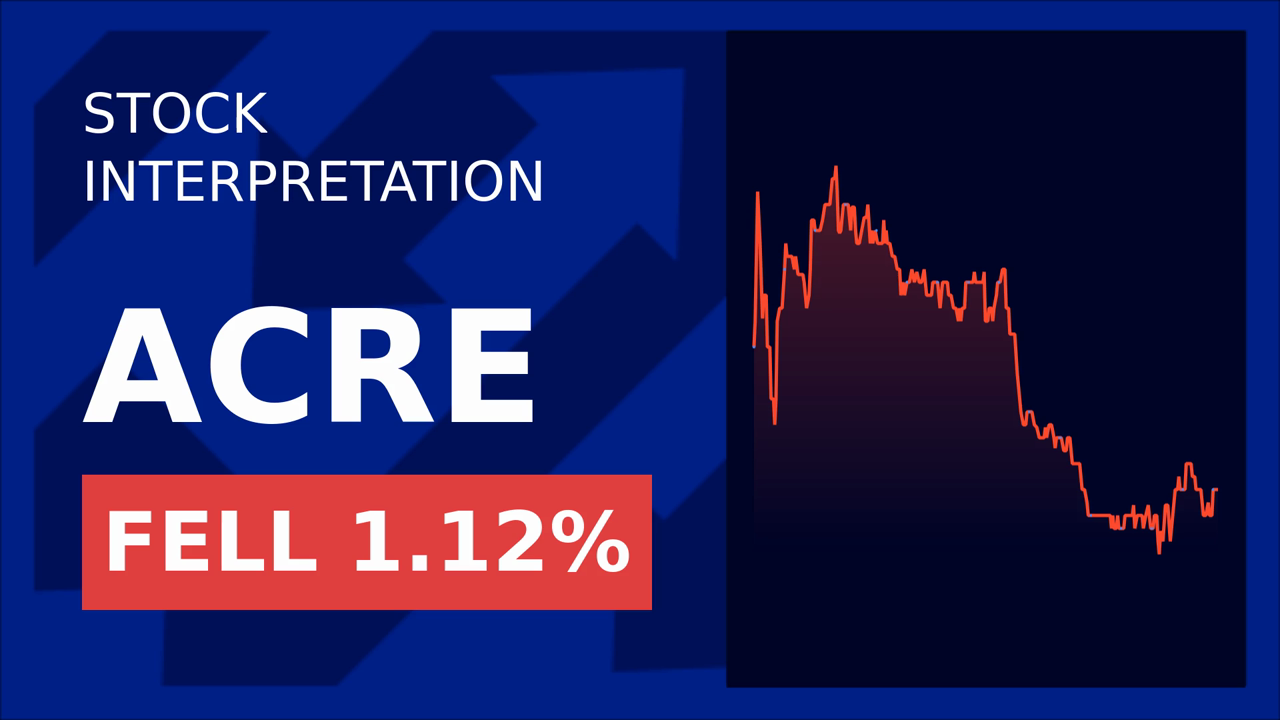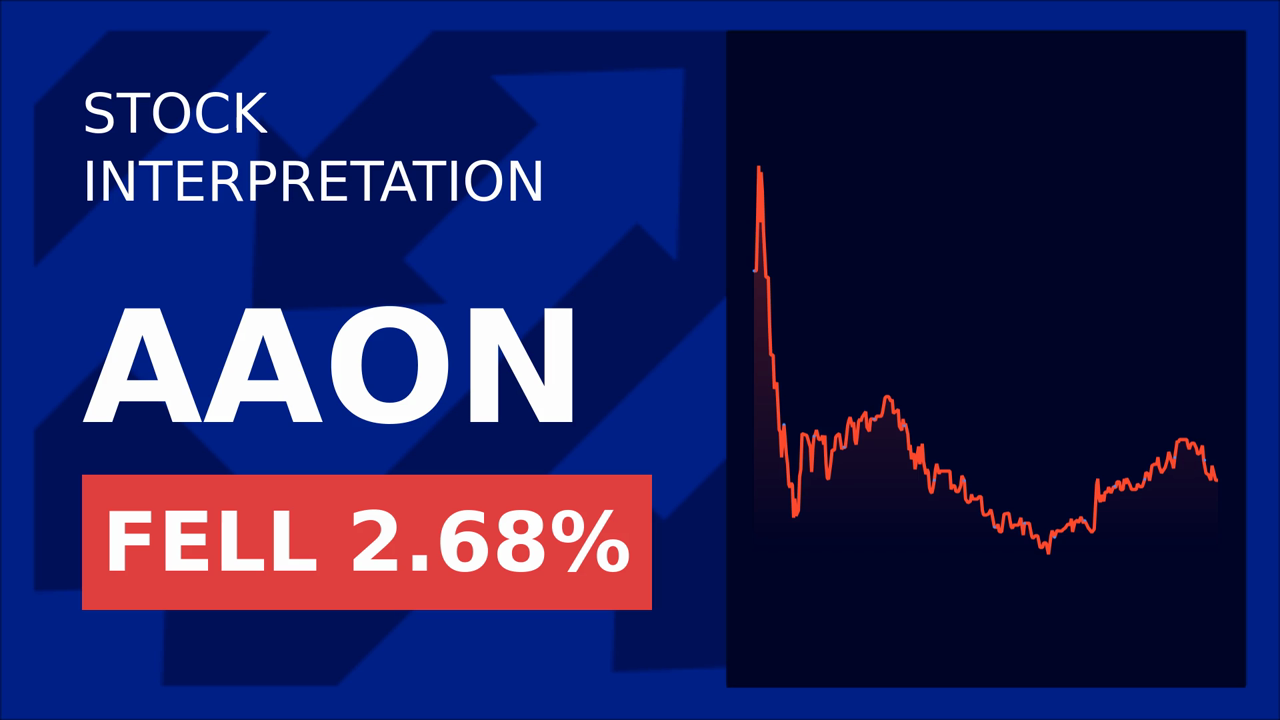Ares Management Q1 Earnings Fall Short as FRE Dips, AUM Climbs
Ares Management Corporation reported its first-quarter 2025 earnings with a mix of challenges and opportunities. While the company missed its GAAP earnings per share (EPS) estimates, key metrics like assets under management (AUM) hit record highs, and Fee-Related Earnings (FRE) showed resilience despite a notable dip from the prior quarter. This article dissects the results, evaluates the implications, and weighs the risks and rewards for investors.
GAAP EPS Miss: Accounting Headwinds vs. Operational Strength
Ares reported a GAAP net income of $47.2 million for Q1 2025, translating to a net income per share of $0.00, a stark miss against the consensus estimate of $0.95. However, the shortfall was not indicative of operational weakness. Instead, it stemmed from accounting adjustments and non-recurring items. The company’s after-tax realized income of $381.4 million, or $1.09 per share, surpassed analyst expectations (ranging from $0.98 to $1.04), underscoring strong investment performance.

FRE Dips, but Growth Remains a Core Narrative
Fee-Related Earnings for Q1 2025 totaled $367.3 million, marking a 7% decline from Q4 2024’s record $396.2 million. This dip reflects cyclical pressures in the private credit market and a shift in capital allocation toward longer-term, fee-deferred assets. CFO Jarrod Phillips noted that nearly $100 billion of AUM is in non-fee-paying “dry powder,” signaling future upside as these funds are deployed.
The drop in FRE is concerning, but management emphasized that its management-fee-centric model remains intact. With AUM surging to $546 billion—up 27% year-over-year—the company is well-positioned to capitalize on its scale. Strategic acquisitions like GCP International, integrated in early 2025, bolstered its Real Assets segment, driving cross-sector diversification.
AUM Surges to Record $546 Billion: A Double-Edged Sword
AUM growth was a standout performer, driven by $20 billion in new capital raised in Q1, with over half allocated to credit strategies. This expansion underscores investor confidence in Ares’ ability to navigate volatility. CEO Michael Arougheti highlighted 20%+ YoY growth in key metrics, including FRE and AUM.
However, the $100 billion in dry powder also raises questions about fee realization timing. While this capital positions Ares to act in distressed markets, delays in deploying it could prolong the FRE plateau.
Dividends and Analyst Sentiment: Caution Amid Resilience
Ares maintained its shareholder-friendly policies, declaring a $1.12 per share dividend for common stock and $0.84375 for preferred shares. Despite this, shares dipped 0.23% premarket, reflecting skepticism around the GAAP EPS miss. Analysts remain divided:
- Bullish View: An average one-year price target of $165.13 (vs. $157.07 at report release) suggests optimism in AUM-driven growth.
- Bearish Concerns: GuruFocus’ GF Value estimate of $133.89 (implying a 15% downside) highlights valuation risks amid tepid FRE growth.
Conclusion: Ares’ Long-Term Play Remains Intact
Ares Management’s Q1 results paint a nuanced picture. While the GAAP EPS miss and FRE decline are valid concerns, the $546 billion AUM milestone and robust after-tax realized income of $1.09 per share demonstrate underlying strength. The company’s asset-light business model and $100 billion dry powder position it to outperform in volatile markets, as emphasized by management.
Investors should monitor two critical factors:
1. FRE Recovery: A return to growth in this metric will alleviate concerns about fee realization.
2. Market Conditions: Ares’ success hinges on its ability to deploy dry powder profitably in a challenging credit environment.
With a Zacks Rank #4 (Sell) rating reflecting near-term underperformance, the stock may offer better entry points. However, its long-term trajectory—bolstered by strategic acquisitions and scale—supports a cautiously optimistic outlook.
As Ares navigates these crosscurrents, its Q1 results underscore a familiar truth in alternative investments: short-term volatility is inevitable, but patient capital can thrive over time.


























